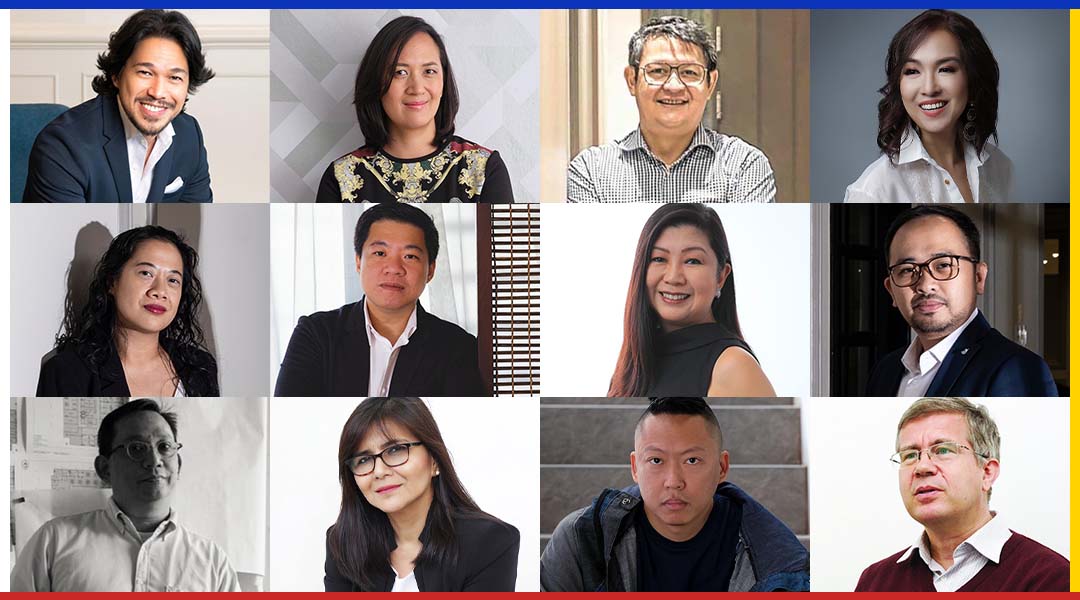
Daring By Design: Stories of courage and creative pursuits
The first half of 2020 has been a rollercoaster of national and world events—from natural phenomena to global health security, and economic stability. The Philippines, for one, suffered from all three, with Taal volcano erupting and devastating the families and cities near it in the first month of the year. Shortly after, the World Health Organization declared a global pandemic due to the novel coronavirus (SARS-CoV-2)—the country wasn’t spared. As of writing, the Philippines has recorded 30,052 validated cases with 7893 recoveries and 1169 deaths. It is at this time that faults in the system surfaced: the health sector was deemed lacking, the economy was paralyzed due to the implementation of the Enhanced Community Quarantine in selected cities and provinces, and several people in power resorted to force instead of presenting a concrete and research-based plan to mitigate the problem. The architecture and design community proved to be heroes in this battle against COVID-19 as groups of individuals and companies within the industry collaborated to design both contingent and permanent solutions.
BluPrint takes this time to celebrate some of the architecture and design community’s small and big triumphs, breaking through the challenges in their practice and profession. We asked 12 architects and designers to pick a battle in their design journey that might be their hardest or longest but also one that they learned from, made them push forward, and carry on their cause.
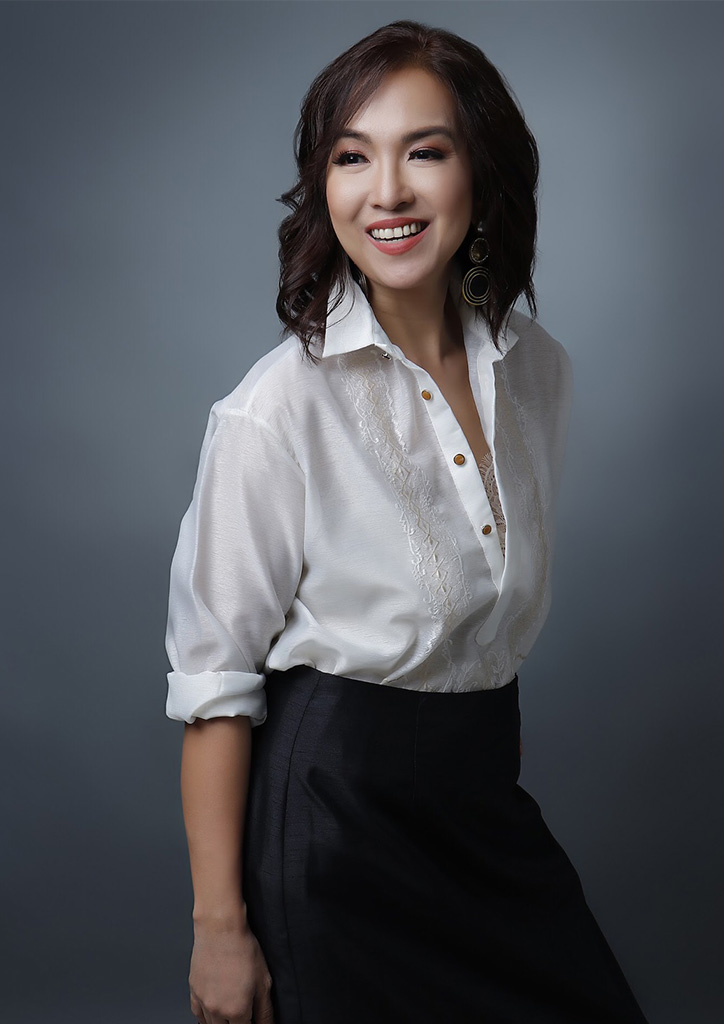
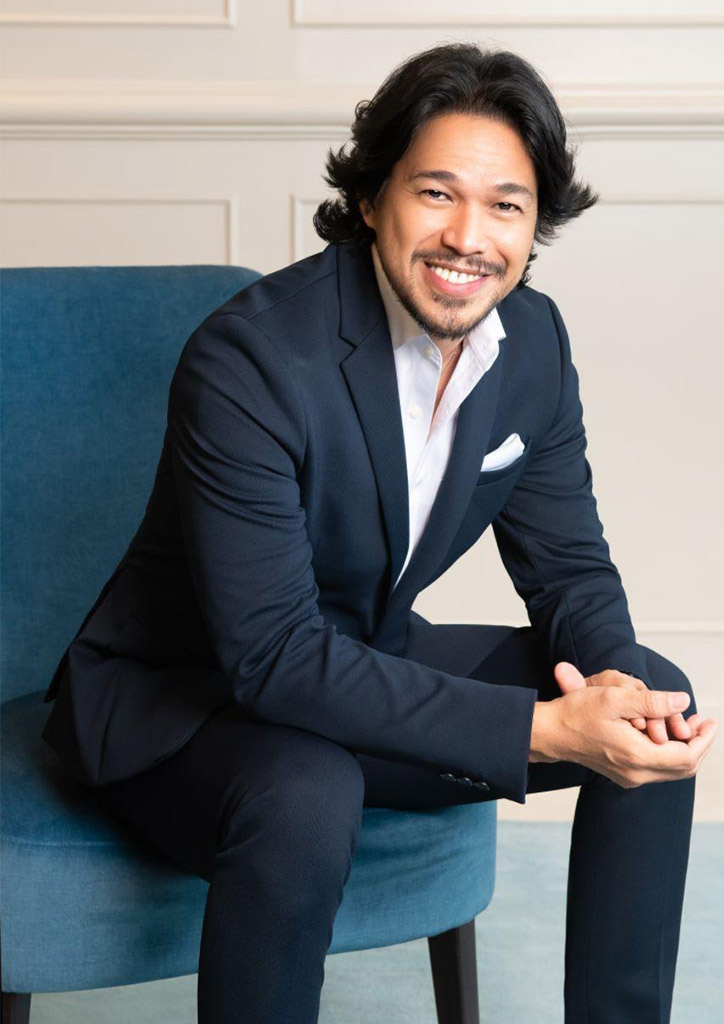
For more than a decade, I have strongly advocated the practice of green and sustainable design to become a standard in the design and construction practice. Traditional ways in the built industry have unfortunately kept this in the shadows. The change was elusive to most, but with the help of many people, I persevered.
As more people accept the need to go green, the right utilization must be bridged by the professionals for responsible and proper application of solutions. There has never been a more significant time for design and building professionals to truly make a difference. With obstacles in the fight for the new normal, the battle is far from over. But with the right mindset and professionals working together as one, we can conquer this battle.
ASEAN Architect Lui Daya-Garcia, Integrated Sustainable Building Ecology Expert
The strong colonial mentality left to us by our colonizers has resulted in a confusion that still lingers, hindering us from taking authentic pride in ourselves and in recognizing Filipino Architecture.
By constantly digging and discovering the real essence of Filipino Architecture, I was able to appreciate and embrace the richness of our past. This knowledge strengthened my conviction that our mindset has to change to understand and respect who we are, and in the process, gain the freedom to pursue and develop ourselves as progressive people.
Modern Filipino Architecture+Design taught me freedom, leading me to value and elevate my dignity as a Filipino. Most importantly, by being committed and consistent in sharing the joy of our history, authenticity, and pursuing a progressive Philippines, you realize that many of our countrymen share the same sentiments and move to instill newfound national pride.
Royal Pineda, BUDJI+ROYAL Architecture+Design
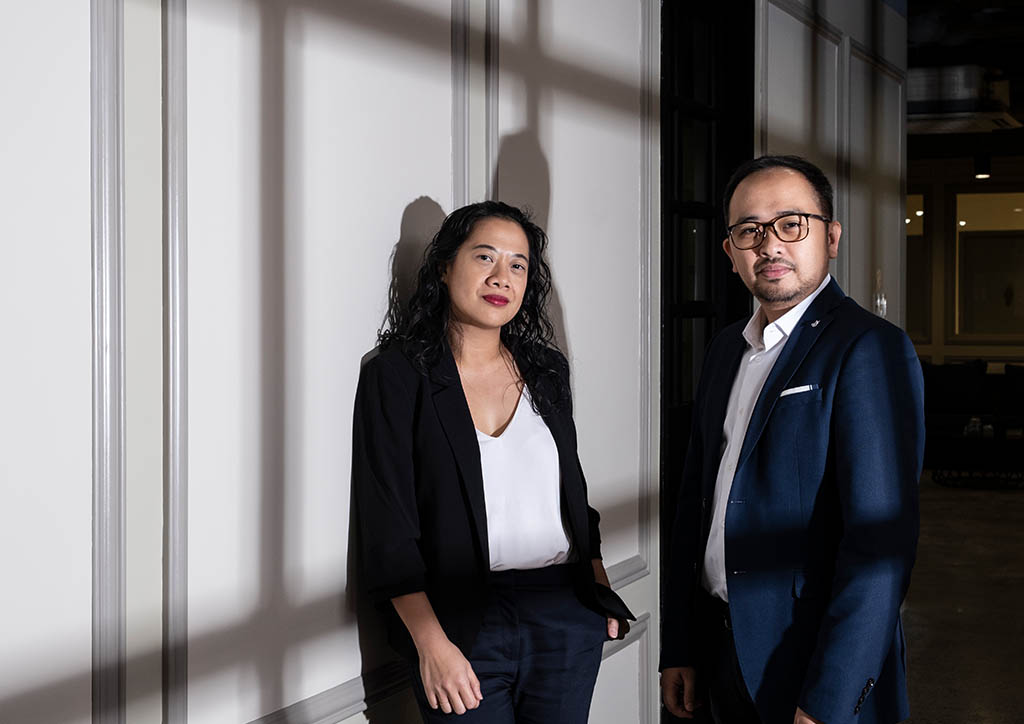
There is a notion that the greatest interiors are those with the most elaborate flooring design or most lavish moldings. In my team’s part of this industry, there is a happy story in healthcare design when all elements, even the simplest ones, are seamlessly integrated into the interior design – the utilities, equipment, and way-finding. It is when these elements come only subtly noticed when the interior design may equally be deemed successful.
This is a constant challenge on my team’s desk every day. This has taught me that the true north of great healthcare design is the deliberate but silent layering of architecture, engineering, interior design, and medical planning. Interior Design should be more than meets the eye.
IDr Pauline Cuevas-Bato, John Ryan Santos + Partners
I am fighting for creating innovation in the global healthcare system. The design of hospitals is not merely the architectural translation of a program, but rather is the substantiation into a built environment of the operating system–it is how the hospital will work. The effective functioning of a hospital is critical because slight inefficiencies and design flaws of a healthcare facility can mean the difference between life and death for some of its end users.
Our team has been making significant progress in the research and development of compact hospitals by refusing to give in to the status quo, fully understanding hospital and healthcare delivery in the purest way possible, and finding new ways of designing hospitals.
As with every battle, people will doubt you. Someone who is looking to create something new must be willing to be rejected, dismissed, laughed at, mocked, and at times be deemed crazy. This is the price of innovation.
John Ryan Santos, John Ryan Santos + Partners
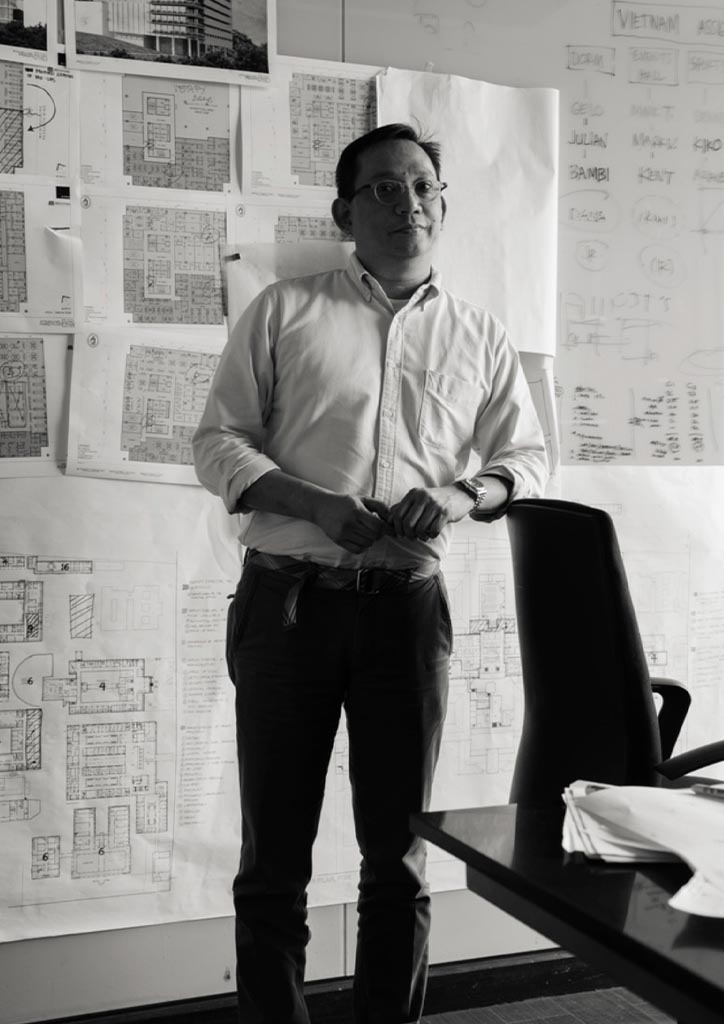
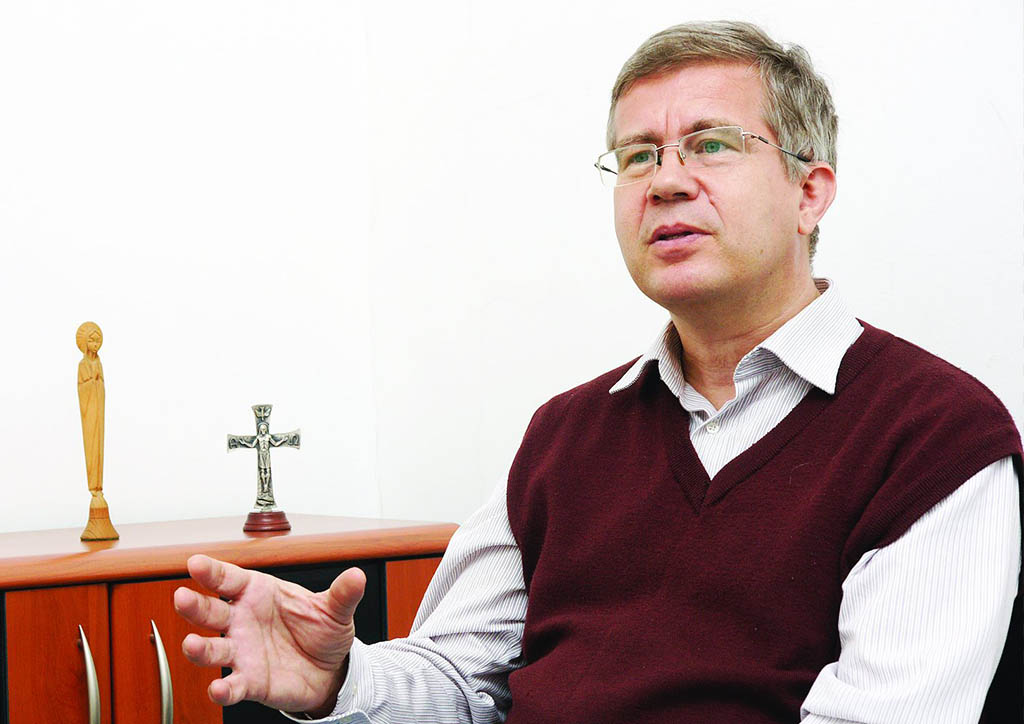
I am fighting for a walkable/bikeable Metro Manila that is not dependent on public transportation. To push this forward, we did studies in 2017 on an elevated walkway/bike lane along EDSA connecting the cities, and since then have done an active speaking tour on how it can be done. The study is called EDSAya and is in the Built Environment Banter page. We have not won yet, but we are making progress as more people are talking about it with different groups and LGUs. It is an uphill battle, but awareness is increasing, particularly with COVID-19.
This has taught me that people can be selfish and irrational when they want to protect what they have. We have actually started one connector from Buendia MRT station to BGC, but encountered right of way issues, and the project has slowed down. Although I feel it will eventually push forward, and the need becomes more apparent.
Dan Lichauco, Archion Architects
I fought against media shyness and graphophobia (fear of writing) of architects and architecture students. For this, USC-CAFA Dean Maxwell Espina started Lantawan, a magazine as a training venue for writing where I have been the editor. Many writers thought that I am the one who is helped by their articles through “filling up” the magazine, but now they know what “publish or perish” means and produce quality articles.
Br. Béla Lányi, University of San Carlos
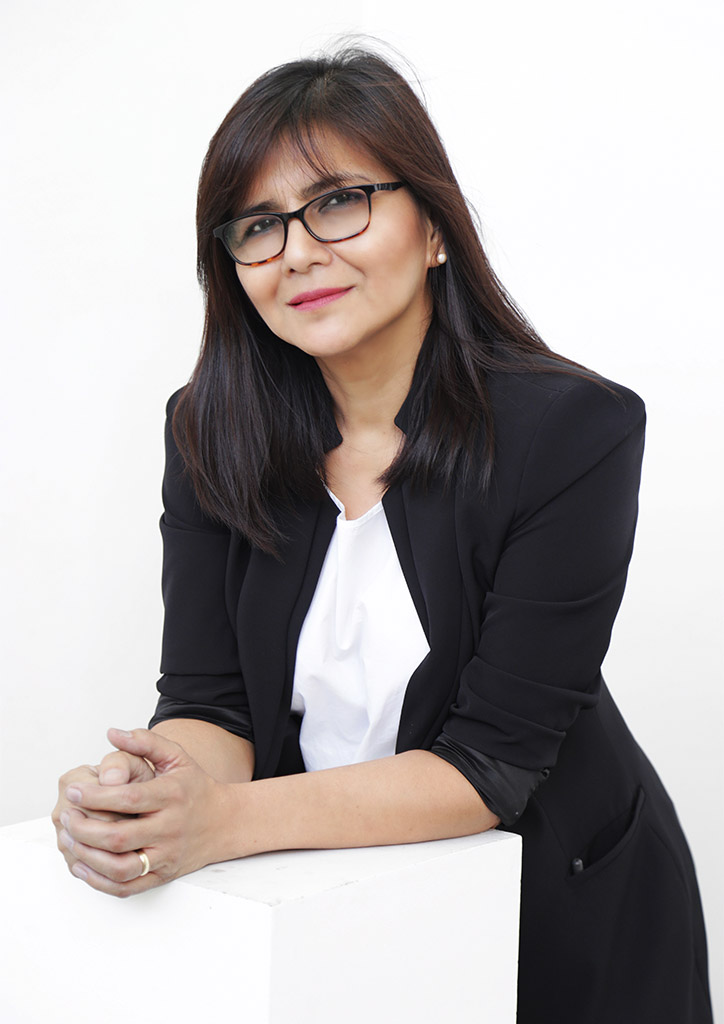

I battle quietly to work for community architecture among the urban poor in creating public spaces. Every effort with others to shape public opinion that what we need are relationship-based initiatives, responsive designs, and refocusing towards nature is the core of the fight. When the dialogue gets going, more people join me in the fight—this is always a victory. The road is long and arduous. But, there is always strength in numbers, and the growth is exponential with every activity I have, especially with the youth I educate and colleagues with kindred souls, with whom I pursue this battle. This story has also been covered internationally on various platforms.
I learned that we can teach social values, like respect, sharing, and community-building, by building relationships among us (through public spaces, for instance), and this is especially so with the environment as well.
Choie Funk, Atelier Funk
My most challenging and fulfilling experience as an architect has been the Emergency Quarantine Facilities that we’ve put up in response to this pandemic. We were fighting against the tyranny of time as more and more beds were needed. We had to figure out how to come up with a fast and scalable solution that can be built by almost anyone and anywhere in our country. We did this by distilling the need for shelter to its most basic and immediate form and allowing this idea to evolve as needed to suit the various needs that our healthcare system was facing. Through this experience, we realized our role as architects in being the primary builders for our community.
William Ti, Jr., WTA Architecture and Design Studio


Every day, I am challenged to balance my role as a designer, as an entrepreneur, and as a leader. It took me years to understand that to evolve in this profession and to grow the practice, I had to embrace all three roles. This realization empowered me to expand my knowledge, build resiliency, and lead with empathy in order to succeed.
Denise de Castro, DEQA Design Collaborative
While many–not just designers–are facing battles most especially in these times, the most difficult adversary would be a defeatist mindset. Just before this pandemic, we were working on a few resorts in different parts of the country. Instead of putting this on hold, our clients decided to go ahead, looking forward to the tourism boom post-pandemic. In effect, we had to make adjustments, not only to the plans considering anticipated lifestyle changes, but also to scaled-down construction budgets. This pandemic, which we initially saw as a setback, we are now choosing to see as a challenge and an opportunity to be more creative and more imaginative. It is this intuitive creativity that enables us to adapt, innovate, and not only survive but God-willing, even win.
John Pangilinan, JRP Design
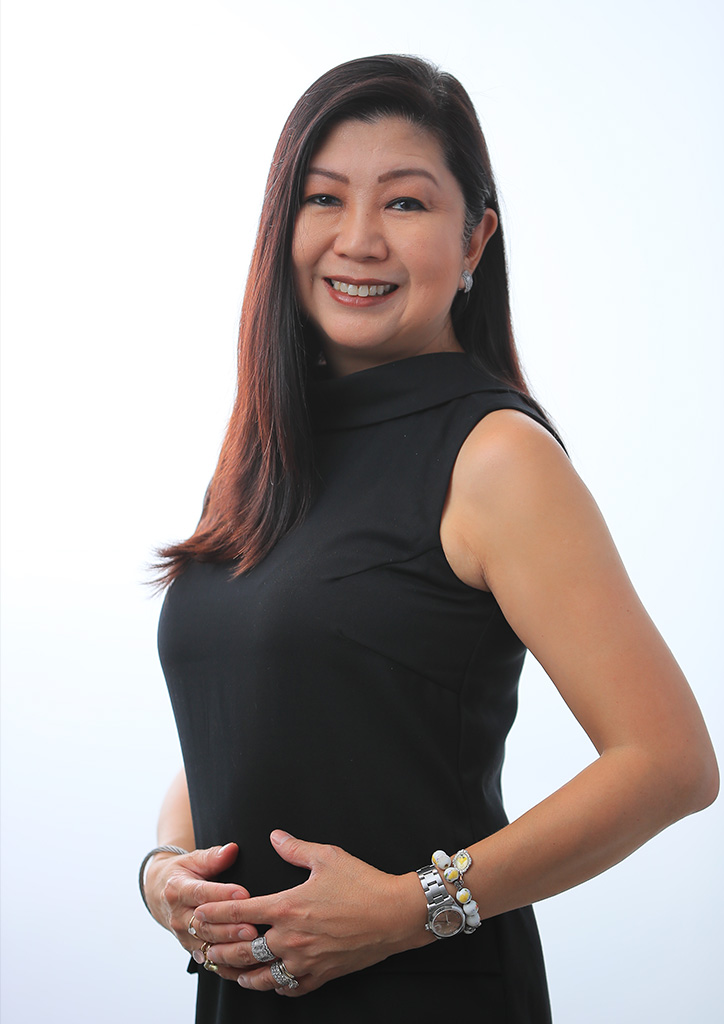
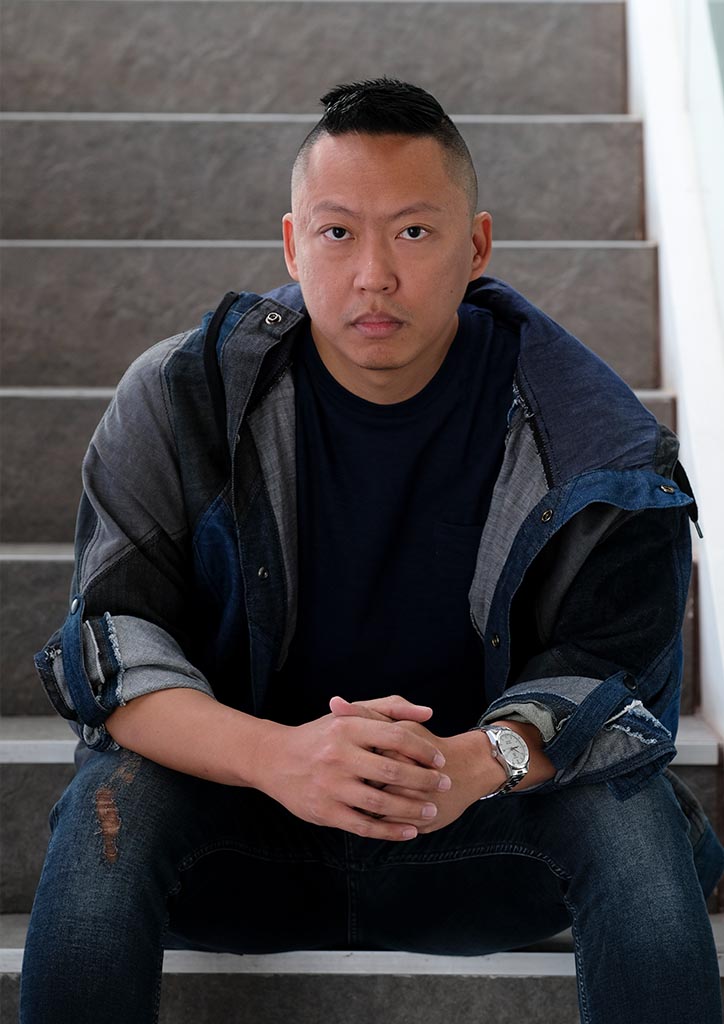
Sometimes, we as architects encounter clients/ builders whose principles are not aligned with ours, and we only discover this in the course of running the project. We were doing a hotel a few years ago, and the project involved preserving the building and its beautiful facade, this being both a restoration, adaptive reuse, and a design or planning job. The contractor wanted to demolish portions of the old building to make it easier to align the hotel rooms and create new walls overnight when no one was looking, copying the facade. We fought him in this, as we insisted on the authenticity and the preservation of the edifice.
We should always be vigilant even when “no one is looking,” exercising good judgment, a constant sense of purpose, and a strong stand on integrity in designing and building. The value of preserving our national heritage in the few treasures we have left must always be emphasized to all the young and old players in the architecture, engineering, and construction industry.
Cathy Saldaña, PDP Architects
I’m fighting for excellence; I’m fighting against mediocrity. For architecture to matter, it needs more than the minimum standards, more than form and function. So, build a good foundation and create a strong conviction based on that searched belief. The beauty of searching for excellence is that it doesn’t end; the wins are just the growth. When you adopt a mindset like this, affect and train your team to inculcate that culture, you remain nimble, adaptive, and innovative — essential qualities in times like this.
Buck Sia, Zubu Design Associates
READ MORE: Design Without Boundaries: The out-of-the-box approach of Misty Floro and Pai Edles


